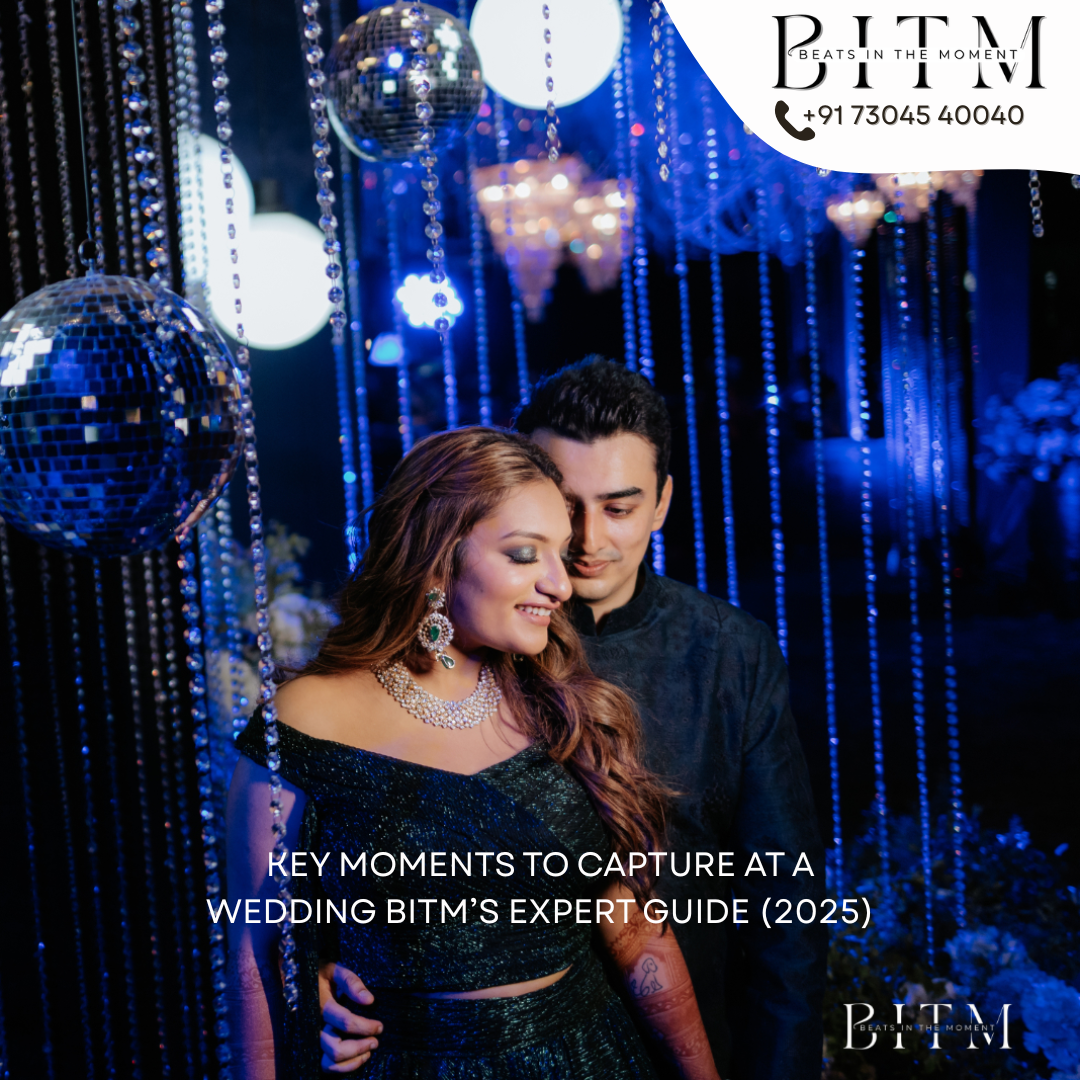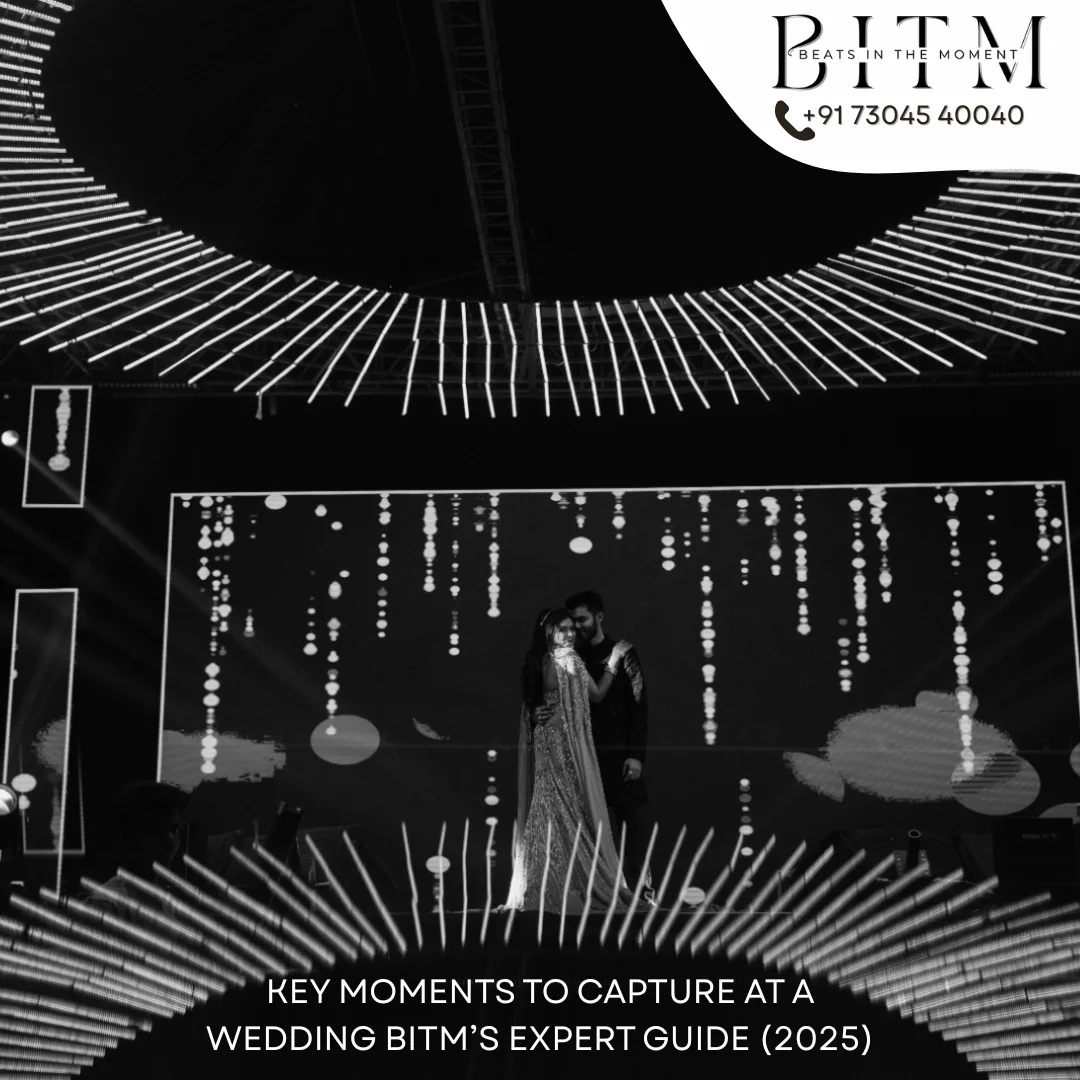Choosing the right photography package is one of the most important vendor decisions you’ll make for any event. The right package ensures the moments you care about are captured, delivered on time, and licensed for the uses you need without surprise fees or missing shots. This guide walks you through a simple, practical process to select a package that fits your event type, timeline, creative priorities, and budget.
1. Start with the event type and your goals
Different events need different coverage. Weddings usually require full-day coverage, a second shooter, and albums; corporate conferences often prioritize headshots, speaker coverage, and fast turnaround for press; private parties may prefer candid social shots and quick social-ready files. Clarifying whether you want documentary (candid), portrait (posed), staged product/brand imagery, or a mix will immediately narrow package choices. Industry guides stress matching photographer experience to event type experience shows up in timing, lighting handling, and gallery consistency.
2. Define must-have deliverables (so there’s no guesswork)
Before comparing prices, make a written list of the items you must receive. Typical deliverables include:
-
Number of edited high-resolution images (digital download)
-
Social-media–ready crops and sizes
-
Physical album or prints (if important)
-
A highlight slideshow or short video (for some packages)
-
Raw files (only if you truly need them they’re large and usually cost extra)
Ask vendors to specify file formats, resolution, and how images are delivered (online gallery, USB, etc.). This avoids confusion about how many final images you’ll get and in what form.
3. Match coverage hours to the real timeline
Estimate how many hours you need the photographer on-site, then add buffers for setup, preparation, and overtime. Benchmarks:
-
Short parties / small shoots: 2–4 hours
-
Medium events (product launches, small conferences): 4–6 hours
-
Full weddings / multi-day corporate events: 8–12+ hours
If a package offers overtime, confirm the overtime hourly rate and how it is billed. A smart rule: plan for the event’s “must-have” moments first (ceremony, keynote speech, cake cutting), then decide if you need continuous coverage.
4. Review portfolio and full galleries not just highlights
A photographer’s portfolio shows their best work; full galleries show consistency. Request complete event galleries from similar events so you can see lighting and editing across an entire timeline. Look for:
-
Consistent color grading and editing
-
Ability to handle low light and fast action
-
Variety: key moments, candid interactions, and posed group shots
This step reduces the risk of stylistic mismatch between your expectations and the delivered gallery.
5. Team size, equipment, and backups
For larger events, a second shooter is essential they cover additional angles, prep moments, and simultaneous locations. Also confirm:
-
Backup camera bodies, lenses, memory cards and batteries
-
Lighting and flash equipment for low-light venues
-
Backup plan for file storage (on-site backup, cloud or redundant drives)
Professional photographers typically carry spares and a data backup workflow; ask to see their contingency plan.
6. Turnaround time & editing process
Delivery timelines vary. Typical turnaround for final galleries is 4–12 weeks, though many photographers provide a preview gallery or a few social-ready images within days for urgent needs. Clarify:
-
How many edited images are included
-
Whether color grading is included or charged extra
-
How many revision rounds (if any) are allowed
-
Options for expedited delivery (fees and timelines)
If you need images for marketing or press immediately after an event, make that requirement explicit up front.
7. Pricing structure & hidden costs
Compare packages by value, not just price. Typical costs to check:
-
Base package price (hours + deliverables)
-
Travel, parking, accommodation fees (for destination or out-of-town events)
-
Overtime, second shooter, and assistant fees
-
Album, printing, retouching, drone or venue-fee surcharges
-
Cancellation and rescheduling policies
Ask for a written quote that itemizes every charge so you can compare apples-to-apples. Industry pricing guides and portfolios can help establish market rates for your region and event type.
8. What the contract must include
A clear contract protects both parties. Must-haves:
-
Event date, time range, and locations
-
Deliverables and formats (number of edited images, albums, raw files)
-
Payment schedule and refund policy (deposit %, final payment date)
-
Copyright and usage rights (what you can do with the images)
-
Cancellation/rescheduling terms and liability limits
-
Replacement plan if the primary photographer is unavailable
Make sure usage rights are spelled out: many photographers retain copyright and grant clients specific usage licenses confirm you have the rights you require for marketing, social media, or commercial use.
9. Useful add-ons (and when they’re worth it)
Add-ons can be high-impact for certain events:
-
Engagement / pre-event session (builds comfort with photographer)
-
Same-day edit or highlight reel (great for corporate launches or wedding receptions)
-
High-end printed albums or wall art (heirloom value)
-
Photo booths or instant print stations (guest engagement)
-
Drone photography (confirm venue permission and safety rules)
Choose add-ons that meet a clear objective (guest engagement, marketing collateral, keepsake) rather than features that sound nice but add cost without value.
10. Quick checklist to compare packages
When shortlisting, score each package 1–5 on:
-
Coverage hours vs. event needs
-
Team size and backup plan
-
Deliverables (number/formats)
-
Turnaround time & editing scope
-
Pricing transparency and contract clarity
The highest total score is likely the best fit.
Final tips before you book
-
Book early. Top photographers are often reserved months (or a year) in advance.
-
Communicate a shot list. Share must-have people and moments in writing.
-
Confirm logistics one month out. Reconfirm arrival time, parking, and any venue rules.
-
Meet (or video call) your photographer so you’re comfortable with their style and personality.
Call to action (BITM)
Ready to capture your event with confidence? Explore BITM’s custom photography packages tailored for weddings, corporate events, and private celebrations. Contact us for a free consultation and a transparent, itemized quote that matches your priorities and budget.
Key sources & further reading
-
The Knot — “How to Choose a Wedding Photographer” and style guides. The Knot
-
WeddingWire — “Wedding Photography Contracts: Everything You Need to Know.” WeddingWire
-
Digital Photography School — “How to organize and photograph events like a pro.” Digital Photography School
-
Format — “The Only Event Photography Guide You’ll Ever Need.” (pricing and package guidance). FORMAT
-
ExpertPhotography — Complete wedding photography guides and tips. ExpertPhotography
-
Brides — Typical turnaround times for wedding photo delivery. Brides
More Blogs :- Click Here








